High-tech cameras and lighting, devoted crew members, intricate set props are among the several necessities emphasized by stop-motion animators. One vital piece of equipment they often leave out of this package of suggestions is patience. Filmmakers will often spend weeks if not months working with the same props to craft one single scene, that’s because every movement in a stop motion film, down to the simplest hand gestures, is hand molded. For every 2 seconds of footage, in a relatively high-end stop motion film set, there are anywhere from 40-60 frames that need to be filled for the moving image to look smooth. This mean 40-60 individual photographs where the props are moved ever so slightly as to translate, on screen, as fluid motion. You can imagine the time commitment needed to complete such a feat.

Anomalisa was one such project that made it onto the big screen and was met with critical acclaim and accolades for both the production effort and the story sentiment. Blending concepts of isolation, existentialism and fleeting human connections, Anomalisa follows a jaded, seemingly emotionally unreceptive man and his weekend long love affair with a woman who assumed the role as his projected scapegoat from normalcy.
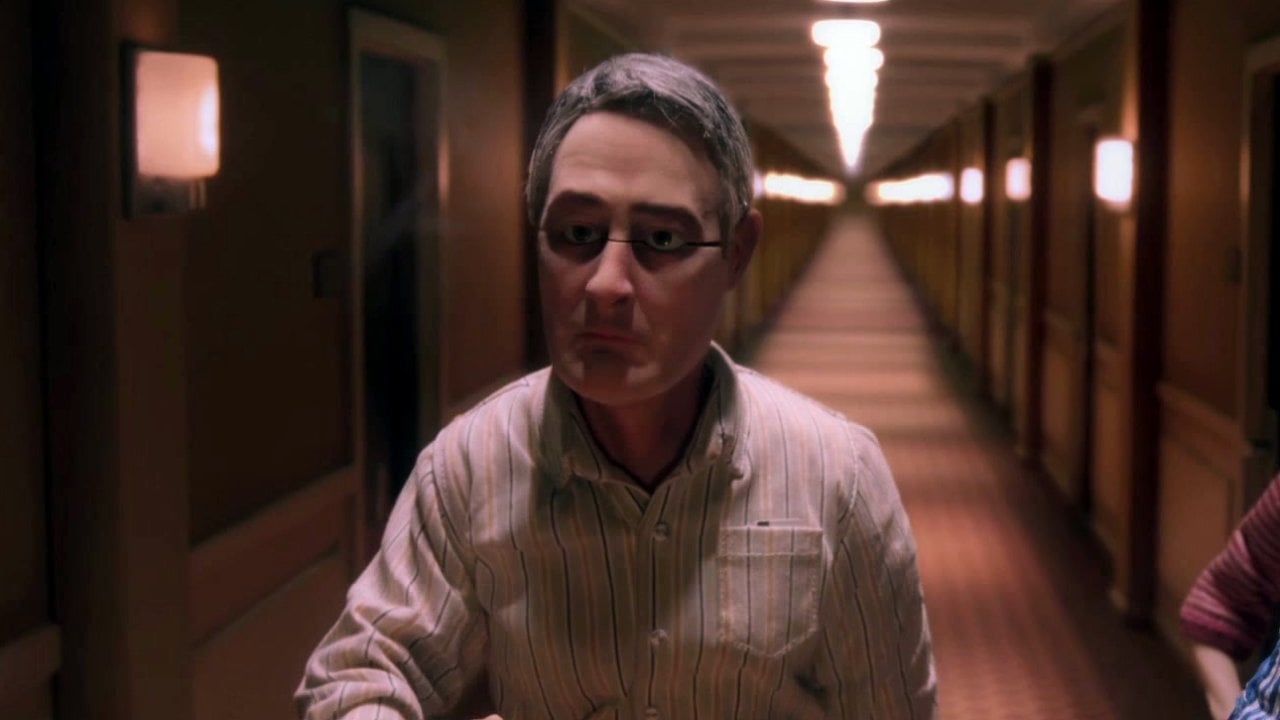
Cinematography done in an almost real-world manner gives the inanimate characters and the film itself such a lively essence that many films, even with the inclusion of real human actors, cannot match. With the perfectly diluted color pallet and warm yet slightly sterile and isolating set infrastructure the film’s visual feel, like the protagonist himself, begs to be loved while dually alienating itself from those who would love it. Aloof and searching the film strides to it’s end without any clear conviction, only the resolution that it keeps going, long after it’s ended–we keep going.
There is a sense of temporality that grows with the storyline and a resigned romanticism that gives the piece a bittersweet aftertaste. Seemingly in conversation with Coppola’s Lost in Translation, David Kaufman’s Anomalisa shares many of the same of the same qualities and indeterminacies as Coppola’s works. Being a feature film of such caliber, not to mention the mechanics behind the production of it, propels it into the film classics section of any library quite immediately.
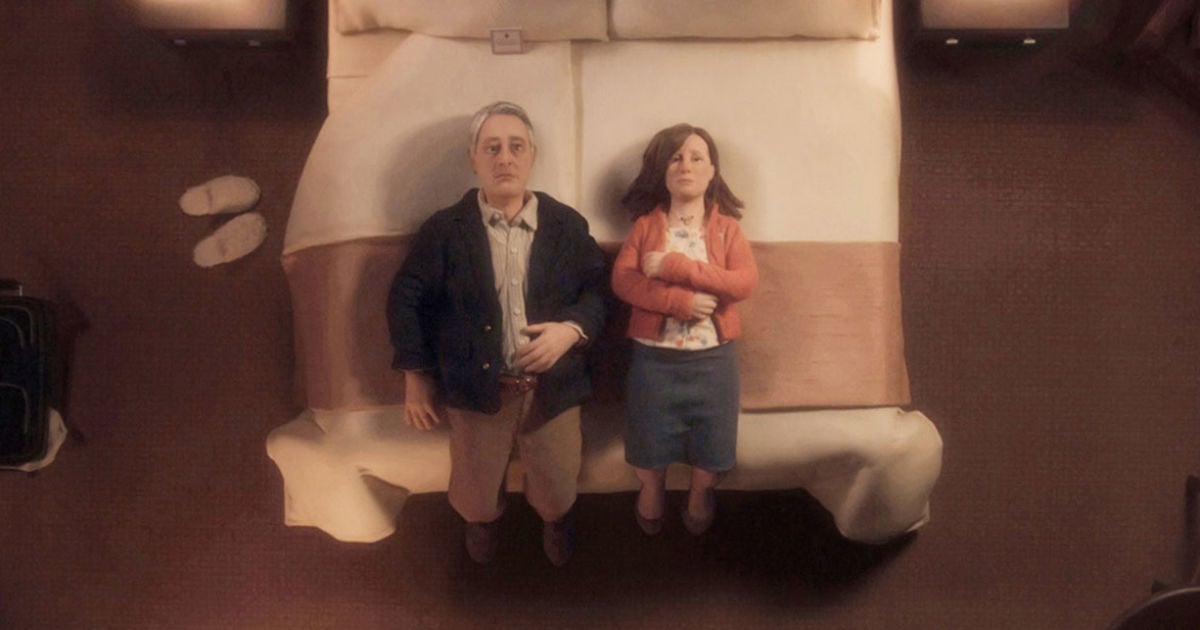
Understanding Stop-Motion Animation
To understand the background logistics for the creation of the film, first, you have to understand the basics of stop-motion animation which can be described in this short video:
An enormous time commitment is needed for the cohesion of a big stop-motion project. Most, if not all, of the set props used in these films are handcrafted, often molded from clay.
When putting together the film, one brusque, out of place gesture, is enough to throw an entire scene into disarray, so a careful and steady hand is vital to the success of one of these films.
For more information on the how-to’s of stop-motion animation, check out this site.
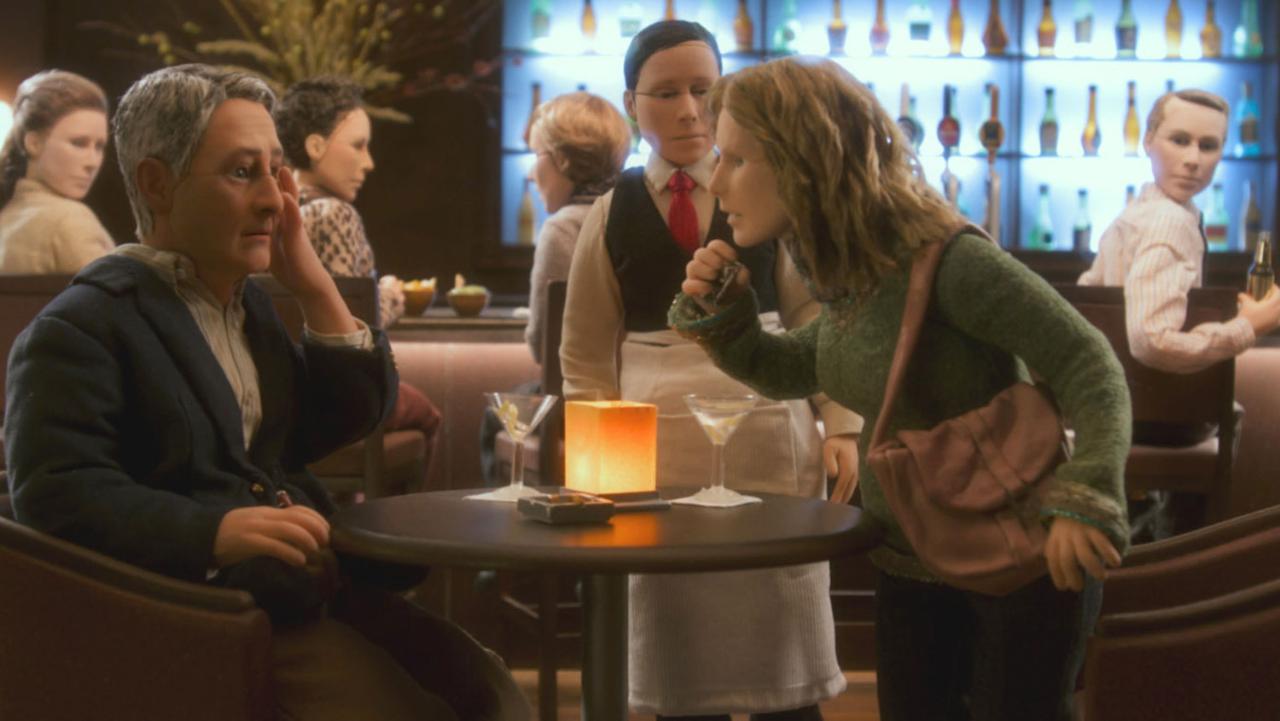
Duke Johnson on Anomalisa
In an interview with Duke Johnson, co-director of Anomalisa with Charlie Kaufman, published by NPR Johnson describes the process of handcrafting all the set props and characters in the film to amplify the
“Fragility and humanity and brokenness…because it’s an imperfect process.”
Imperfection is quite stressed through and through both in the film’s production and content, however, Johnson seems to work as closely parallel with perfection as he can, making each step in the production process efficient by creating “18 stages,” each with an individual “set (exact replica’s of each other), in each one of the stages, and an animator.”
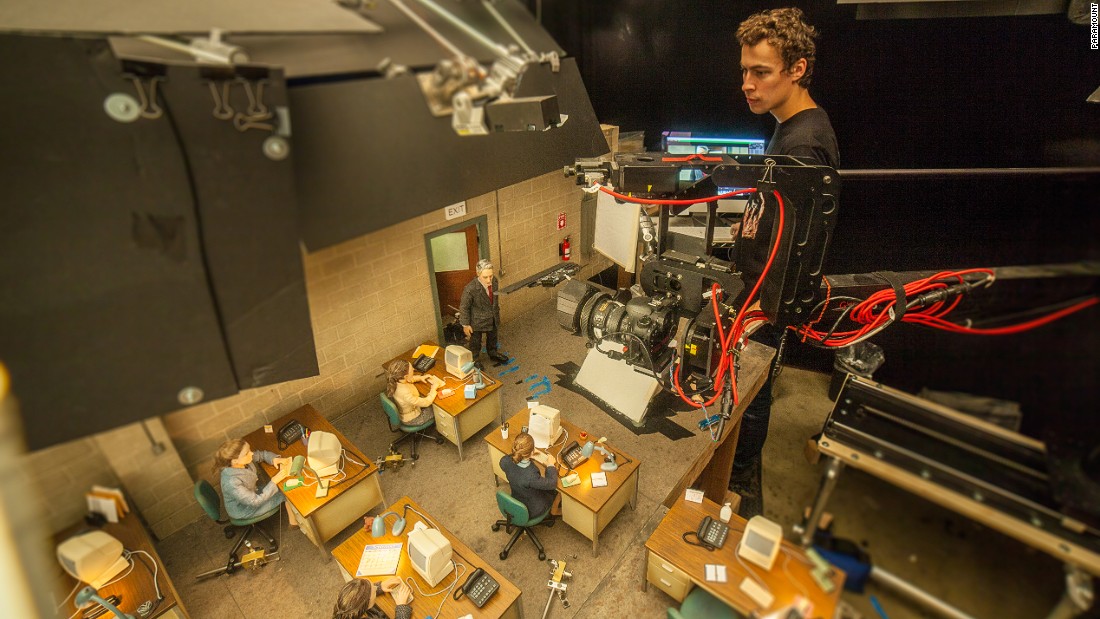
Each one of the characters were hand painted to give it an intricate touch.
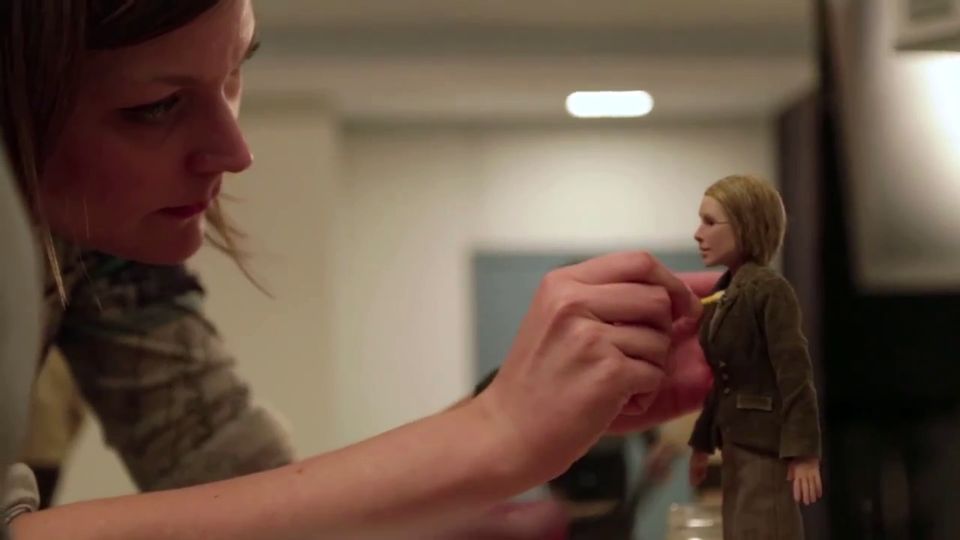
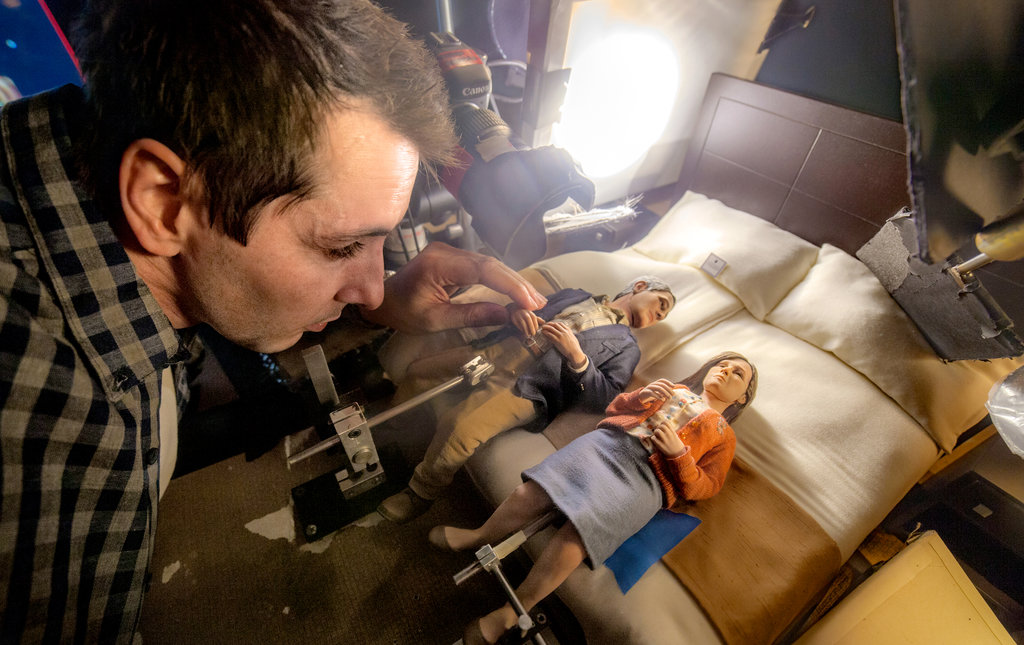
The whole process moves slowly from finding human models for the puppets to be molded after, to animating each individual shot, which would often require “weeks or months.” For each emotion that the character is written to portray another molded mask of must be made so that, behind the scenes, were dozens of partial limbs, body parts, and faces waiting to be attached to the individual and separate bodies of the main characters.
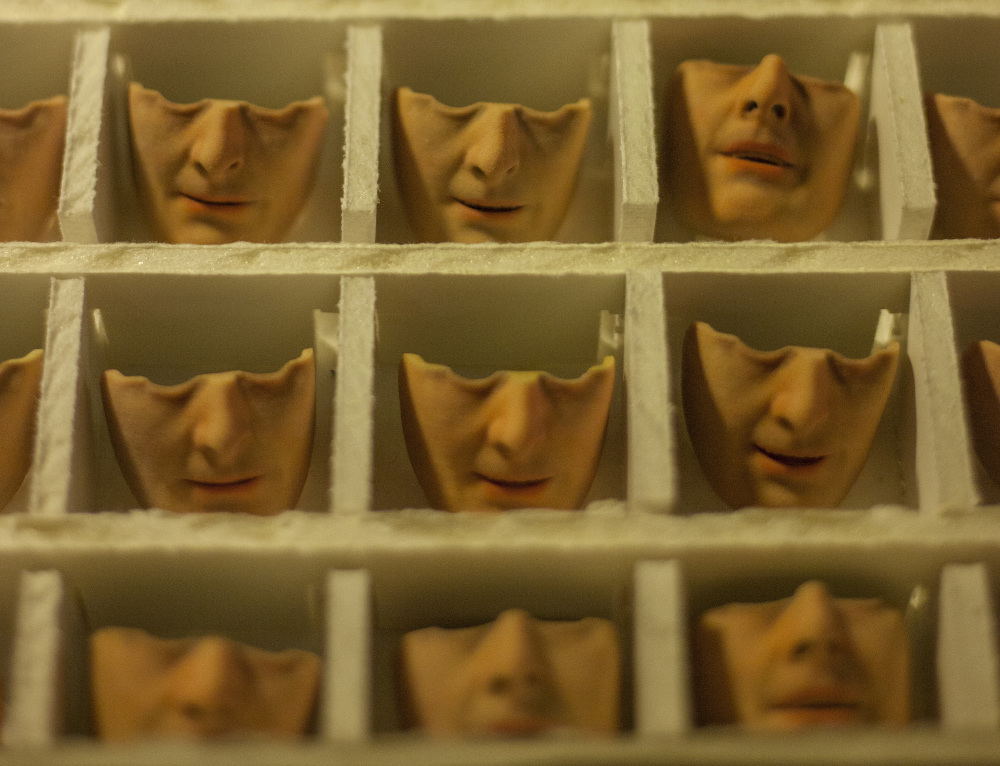
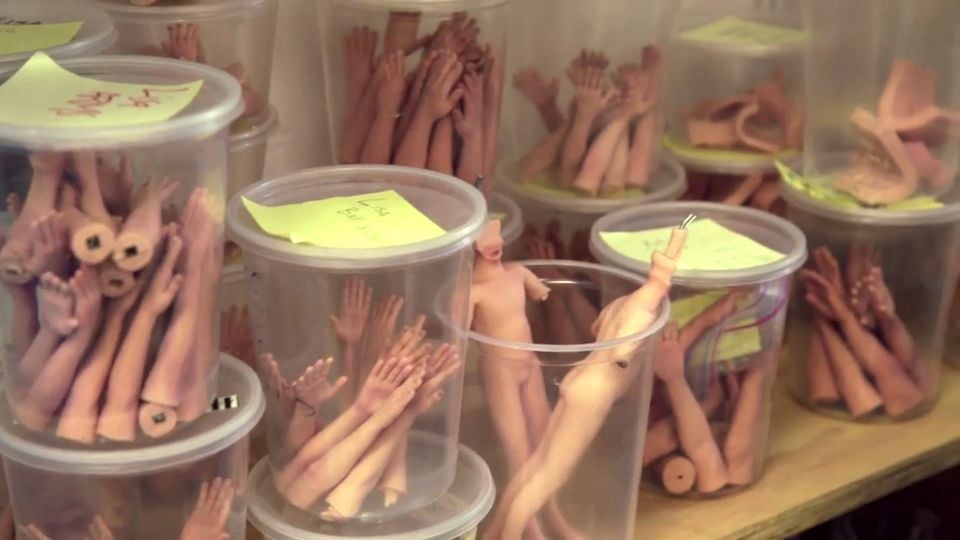
By making the grand decision to use stop-motion animation rather than real humans Johnson remembers that he wanted all the actions of the characters, down to the smallest gestures, to be more consciously deliberate—
“that if he drums his fingers against his thigh, that was a choice that we made as filmmakers, and it becomes kind of fascinating because of that.”
Excerpts from the interview can be found here, and for more behind the scenes footage, check this out:
In the meantime, if you haven’t yet, you can watch Anomalisa in full, newly released on DVD, BLu-Ray, Netflix DVD and a whole host of other platforms you web savvy people know of.

